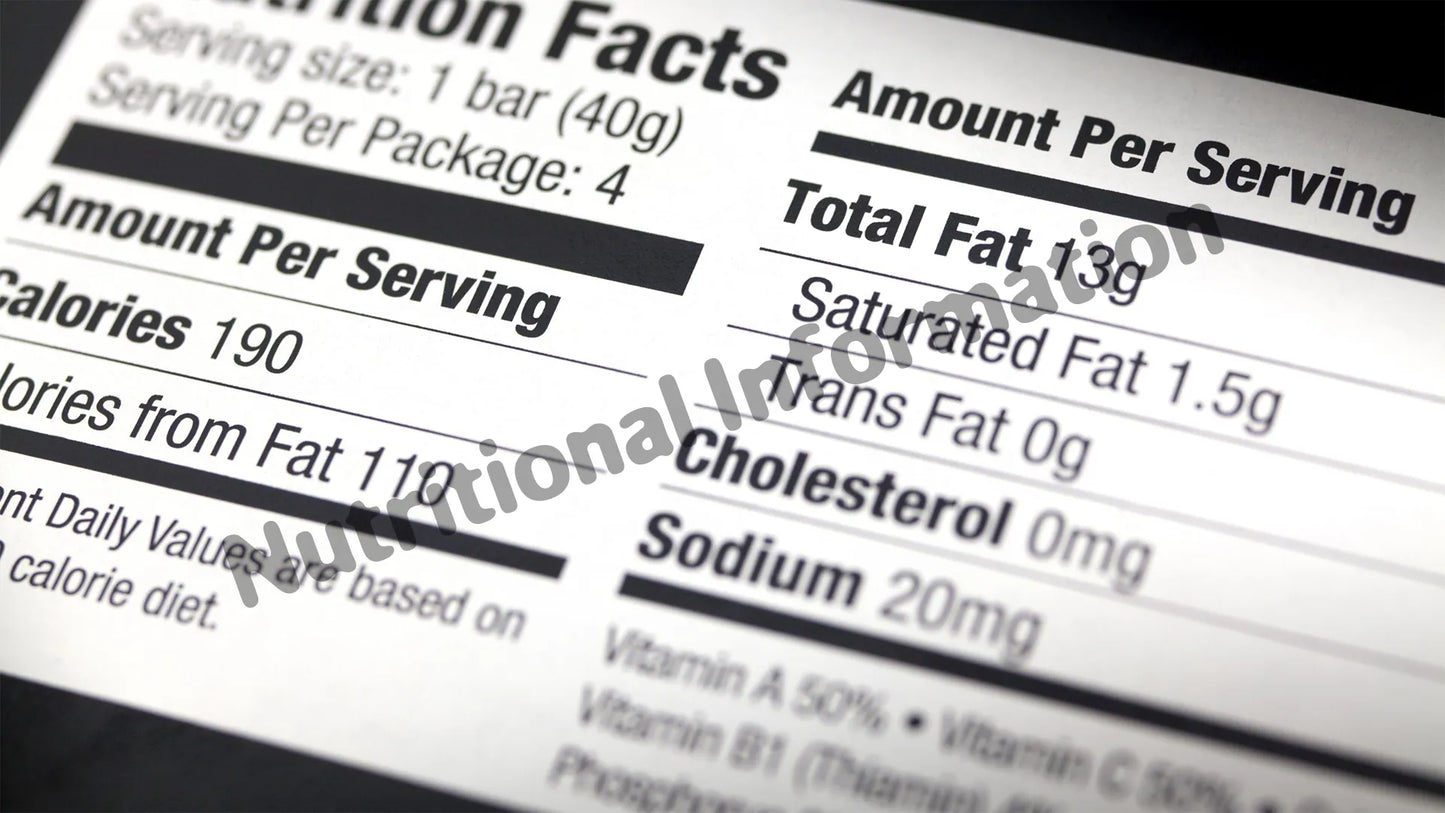
It is true that we eat food through our eyes first. So, no wonder food companies work hard on their packaging and labelling. The better and attractive product exterior higher are the chances of people grabbing them off the shelves. But how many of us pay attention to what is inside the packaging? What is the product made of and how does it affect our body? People go as far as reading the ingredient listing and call it quits. But the back of the pack has a lot more information than just giving you the list of raw materials that went into making the product. One can actually see the amount of macronutrients ( carbohydrates, proteins, fats, sugar) and micronutrients (vitamins, minerals) that is in the packaged food. These all together provide the energy to the body, which by nature of label design is also present on the packet. All this information is usually seen in a table which is referred to as Nutritional Panel (NIP).
But pickles are often in a hazy area when it comes to nutrition. I see a lot of people asking the question if pickles actually provide any nutrition. The answer is yes, but because they are consumed in such negligible quantities the nutrition that comes from pickles is not profound hence pickles are widely known for their taste enhancing qualities. But if you do look over the label of pickle products you will definitely find NIP. If you don’t, then better not buy it!
However, there is a lot of information present in NIP and might often look confusing to understand. So, first lets understand what are the few important data present in the NIP and then we will compare some top branded pickles with that of Farm Didi’s and see how each one fairs as Healthy pickles
.Serving size
The food industry chooses the serving size, which occasionally varies depending on the product. When determining how much of a nutrient you are eating, the “per serving” information is helpful. Use the “per serving” amount, for instance, to determine how much protein is in a serving of the dish if you are on a high protein diet.
Amount per 100g
The numbers in the column labeled “amount per 100 g” are expressed as percentages. For instance, if the “per 100 g” column says 20 grams of fat, the product has 20% fat. This comes handy when you are buying the same food but want to compare how much the component varies across the brands.
Energy
The total number of kilocalories released when food is metabolized by the body is the energy value. Energy can be obtained from protein, fat, carbohydrates, dietary fiber, and alcohol. The unit of measurement is kiloCalorie (Kcal)
Carbohydrates
Carbohydrates are the primary source of energy. Any meal consumed has carbohydrate as its major component and it breaks down first in the body to generate the energy. Sources of carbohydrates are bread, cereals, rice, milk, and fruits. Carbohydrates are further broken down to starches and sugars.
Protein
Protein is crucial for health, especially for the growing kids. It is also secondary source of energy. Majority of the foods contain proteins in them but the animal products are a great source of protein so you might see higher protein content on those products. In vegetables, lentils, dried beans and peas, nuts and cereals are considered to be good sources of proteins.
Fat
Fat is usually expressed as Total fat which is the summation of saturated fats, trans fat, polyunsaturated fats and monounsaturated fats in the food. Usually go one step further and give the breakdown of these components based on the claims made such as cholesterol, saturated fat, trans fat, polyunsaturated fats, monounsaturated fats and omega fatty acids.
Fiber
Whole Grain foods, fruit, and vegetables all include dietary fiber. The indigestible components or compounds of plants that pass through our stomach and intestines largely undamaged are what make up fiber. Higher the fiber content means the product is rich in fiber which has various positive effects on the health.
So now that we are armed with the knowledge about nutrition. Let us try to analyze a few of the pickles nutrition panels. I have compared a few top mango pickle brands with that of Farm Didi’s. Since the major concern in the pickles is the oil, I immediately checked the Fat content and I saw that top mango pickles have nearly/ over 10g of fat in every 100g whereas Farm Didi’s fat content is less than 5g in 100g. So the claim of less oil is legit, don’t you think? Buy pickles online! from FarmDidi and try it yourself. Here's an article you may like about that demystifies the relationship of Pickles during pregnancy
.














